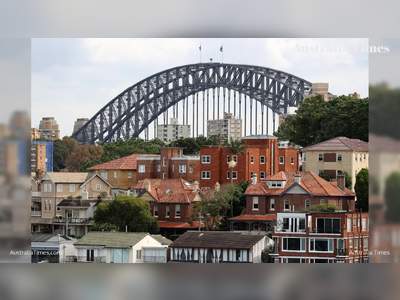
Australia Mandates Streaming Platforms to Invest in Local Content
The Australian federal government has introduced legislation requiring streaming platforms with more than one million local subscribers to invest a minimum of 10 per cent of their Australian expenditure — or 7.5 per cent of their revenue — into Australian-produced content. The rule applies to new dramas, children’s shows, documentaries, arts and educational programmes and aims to ensure that domestic storytelling remains visible in the digital era of on-demand viewing.
Arts Minister Tony Burke noted that while free-to-air and pay television already have Australian content quotas, streaming services so far lacked obligations to guarantee local content, even though they distribute their global catalogues into Australia. He asserted that the reform will safeguard Australian jobs and ensure that “our stories – our stories – continue to be made”. Communications Minister Anika Wells added that platforms such as those behind productions like Apple Cider Vinegar, The Narrow Road to the Deep North and Boy Swallows Universe are already contributing, but the new regime will ensure broader and sustained investment.
Industry bodies across the screen sector welcomed the announcement as a watershed moment. The Screen Producers Association described the move as a “landmark day” for Australian screen production, claiming that global services had long benefitted from access to the market without proportionate contributions to local content creation. Some estimates suggest that for a global platform with millions of Australian subscribers — such as those with upwards of six million local users — the required investment could amount to nearly one hundred million Australian dollars annually.
The reform addresses concerns arising from recent years, during which local production volumes declined sharply. In the 2023–24 financial year, investment in Australian feature-films and television dramas fell by almost thirty per cent, according to the country’s screen-funding body. With global streaming companies reducing local production commitments, the new regulation aims to restore production momentum and preserve the cultural and economic benefits of a thriving domestic screen sector.
Legislation is expected to be introduced to Parliament shortly. If passed as proposed, the obligations will be applied to subscription video-on-demand services that meet the subscriber threshold and will be binding as part of Australia’s five-year cultural policy roadmap, which emphasises reinvigorating the nation’s arts, entertainment and narrative industries.
While some global streamers have previously indicated resistance to mandatory quotas, the government’s announcement signals a firm policy shift: platforms global in scope will now be held to national cultural standards. This change aligns Australia with other jurisdictions that have long had local content rules for broadcast services and offers a new direction for the digital era of screen media.










